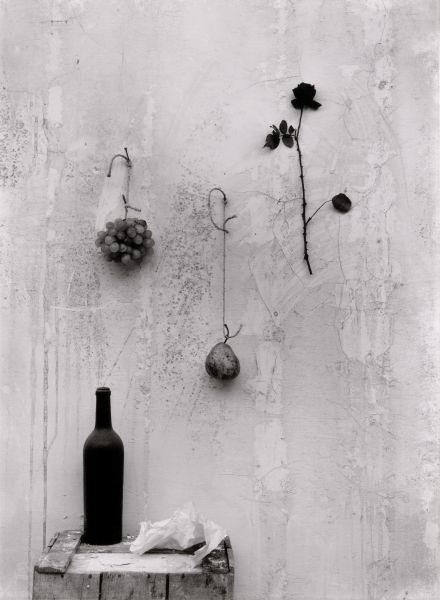Viva Valencia
Art and Gastronomy. The cuisine of painting
We must bear in mind that still life paintings marked a shift away from the interest in action – for nothing really happens in these paintings – to questions of composition, though on an allegorical level they reveal a desire to represent something that eludes all expression: death itself. Although traditionally thought of as a minor genre, the still life reveals a moment in the modern process of becoming aware of art. It is a sedentary or domestic art which draws aesthetic experience back to contemplation of the futility of human endeavour, together with an unmistakable suggestion of the time of pleasure. As we pass from nineteenth-century aesthetics to Cubism we perceive a reconsideration of the ways in which food is represented, arranged on a table as something succulent but intact. Contemporary art has, to some extent, forgotten the question of the “still life” yet at the same time recreates it in derivations such as what is known as “relational aesthetics”, which seeks to show the urgency of being together or constructing situations that enable us to articulate the community that has been inoperative for some time. The genre of the “still life” need not necessarily lead us to disenchantment or the bitter realm of nihilism. The representation of a table full of carefully arranged food and objects reminds us that there is still a place where we can eat and converse, where perhaps we may listen to beautiful music or explore the luxury of friendship. The pleasure of art is prolonged in the immense enjoyment that we experience in gastronomy: perhaps eating is as paradoxical and necessary as painting. Dalí was not always wrong: “painting will be edible or will cease to be”. The exhibition The Cuisine of Painting offers a novel view of the relations between the visual arts and gastronomy, bringing together contemporary art and classical works and providing opportunities for refreshing forms of creativity. Paintings, installations, videos, photographs, drawings and sculptures belonging to the IVAM Collection, together with items from the Museo de Bellas Artes de Valencia and the Museo de Cerámica y Artes Suntuarias González Martí, will allow the visitor to map out itineraries in this domain of carnal and intellectual pleasures, where the visual “repast” is as important as the food that keeps us alive.








